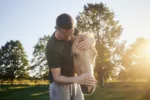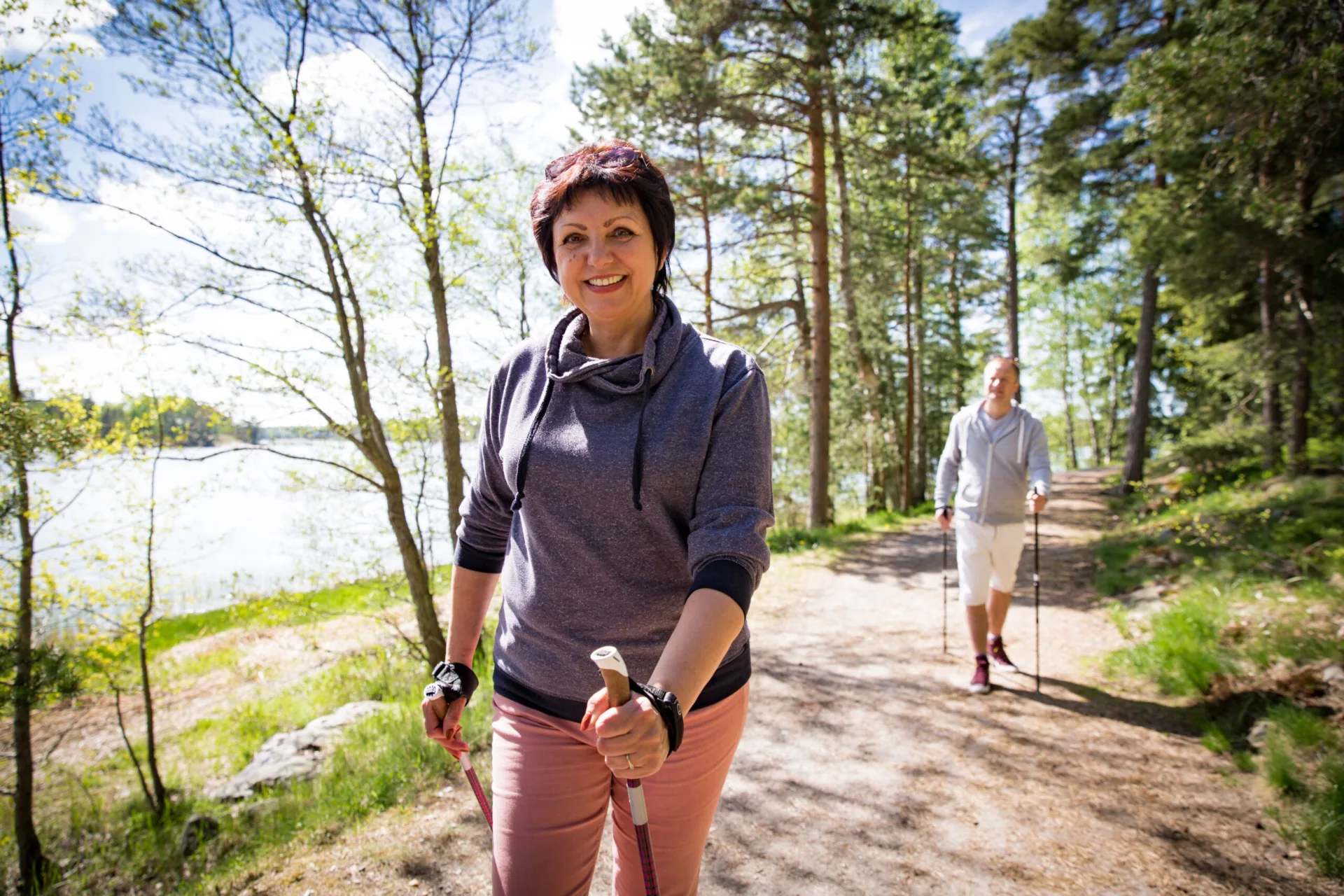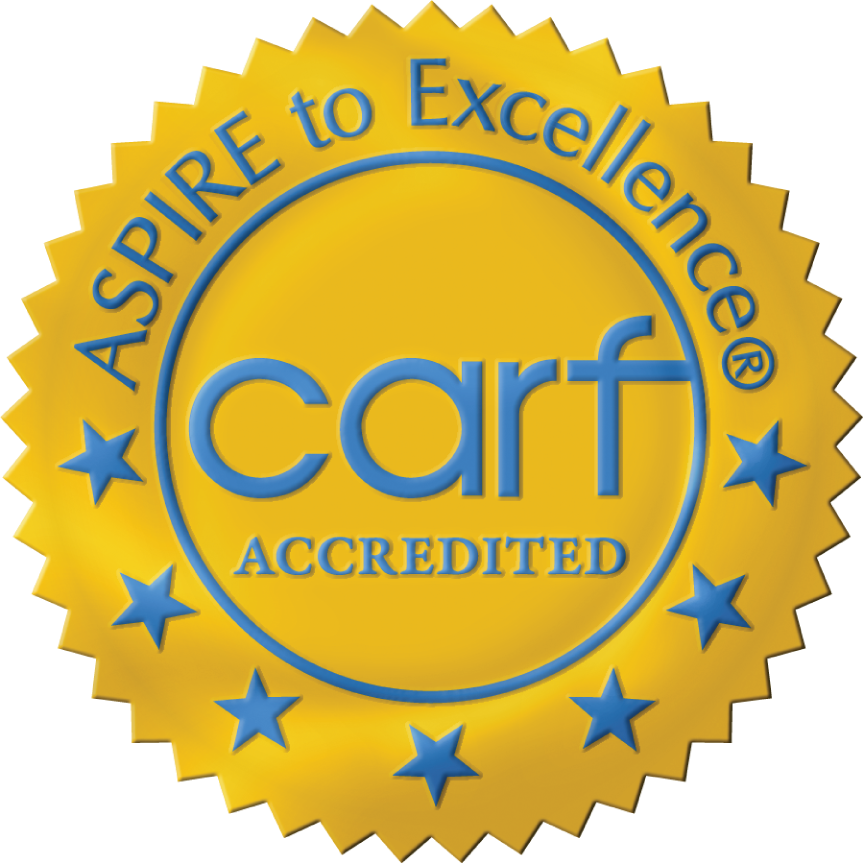
Exploring the Connection Between EMDR and Equine-Assisted Therapy
What is EMDR Therapy?
Eye Movement Desensitization and Reprocessing (EMDR) therapy is aimed at helping survivors of trauma process specific memories. It was created to aid people with post-traumatic stress disorder (PTSD) overcome the crippling somatic responses they experienced as a result of these unresolved memories of past negative experiences.
Unlike many other therapy modalities, it is structured around processing one specific memory at a time but is not heavily reliant upon conversation about that event. Instead, it employs eye movement and the input of rhythmic, bilateral movement (BLM) to stimulate the brain to create new pathways and process the memory. In this way, the energy that has been formerly “stuck,” is integrated into the person’s body, alleviating adverse effects of trauma in the individual’s body, mind and emotions.
How does EMDR Work?
EMDR has proven to be a highly effective form of trauma therapy and has been adapted to assist in treatment for a broad spectrum of mental health issues including eating disorders, depression, general and social anxiety disorders, and phobias and panic disorder.
You might be wondering, how does EMDR work? It boils down to improving connections between both hemispheres of the brain. When trauma is introduced to the brain, connectivity between hemispheres is damaged. The memory is not able to be processed properly, so it remains at “surface level.” This means that anytime the memory is “touched” by a certain sound, smell, phrase, or anything remotely similar to the trauma, the person is transported back to the negative experience and can experience severe mental, emotional and physical reactions indicative of a felt state of panic.
In an EMDR session, the client will recall the memory in question and the therapist will direct them to move their eyes in such a way that activates both sides of the brain. They may also incorporate rhythmic tapping or other sensory input that strengthens the connections between each hemisphere. In this way, the memory can be properly stored, and the patient’s reactivity decreases as their perception of the event improves.
What is Equine-Assisted Therapy?
Equine-assisted therapy is an alternative therapy modality that integrates work with horses into the therapeutic experience. It is beneficial for a broad range of age groups and diagnoses, neuro diversities and cultural backgrounds. Through equine-assisted therapy, the participant develops a unique and healing connection with the horse which can provide insight into their coping mechanisms and relationship patterns. This work can be done mounted or unmounted, both providing the benefit of physical movement, connection with a non-human living being, and the natural environment of the great outdoors.
Benefits of Equine-Assisted Therapy
Many people have heard of the benefits of therapeutic riding for people with physical disabilities and severe mental handicaps, but the profound benefit of working with horses in mental health and trauma therapy is not as commonly recognized. Some of the benefits of equine-assisted therapy include but are not limited to:
- Environmental diversity from an in-office therapeutic setting
- Increased mental stimulation from physical contact with an animal
- Bonding and relationship development with the horse
- Increased attunement and empathy as the horse and human observe and respond to each other’s nonverbal cues
- Improved balance and spatial awareness through mounted work and rope handling
- Grounding effect of fresh air and contact with the earth
- Fun, engaging environment for young children and families
- Power of movement to aid in processing trauma and regulating the nervous system
Equine-assisted therapy can also be a very effective therapy modality for those in recovery from drug and alcohol addiction, providing a more physically active avenue to integrate self-reflection and healing.
Exploring the Link Between EMDR and Equine-Assisted Therapy
While equine-assisted therapy is not considered a form of EMDR, the efficacy of mounted work is due in part to the common denominators that it shares with Eye Movement Desensitization and Reprocessing therapy; that is, the focus on bodily integration and the input of rhythmic bilateral movement to improve connectivity between both hemispheres of the brain.
When a person sits on a horse, both sides of their brain become activated. As the horse begins to walk, the rhythm of their footfalls and the movement of their back beneath the rider provide passive sensory input to the rider. This bilateral movement, when paired with recollecting a particular memory, can provide similar benefits to EMDR therapy in processing the memory through the body to achieve deeper regulation and peace.
Contact Bluff Augusta Today
If you or a loved one are struggling with drug and alcohol addiction, Bluff Augusta is here to support you. Contact us online today, or call [phone_linked] for more information about how equine-assisted therapy could be beneficial on your road to recovery.








